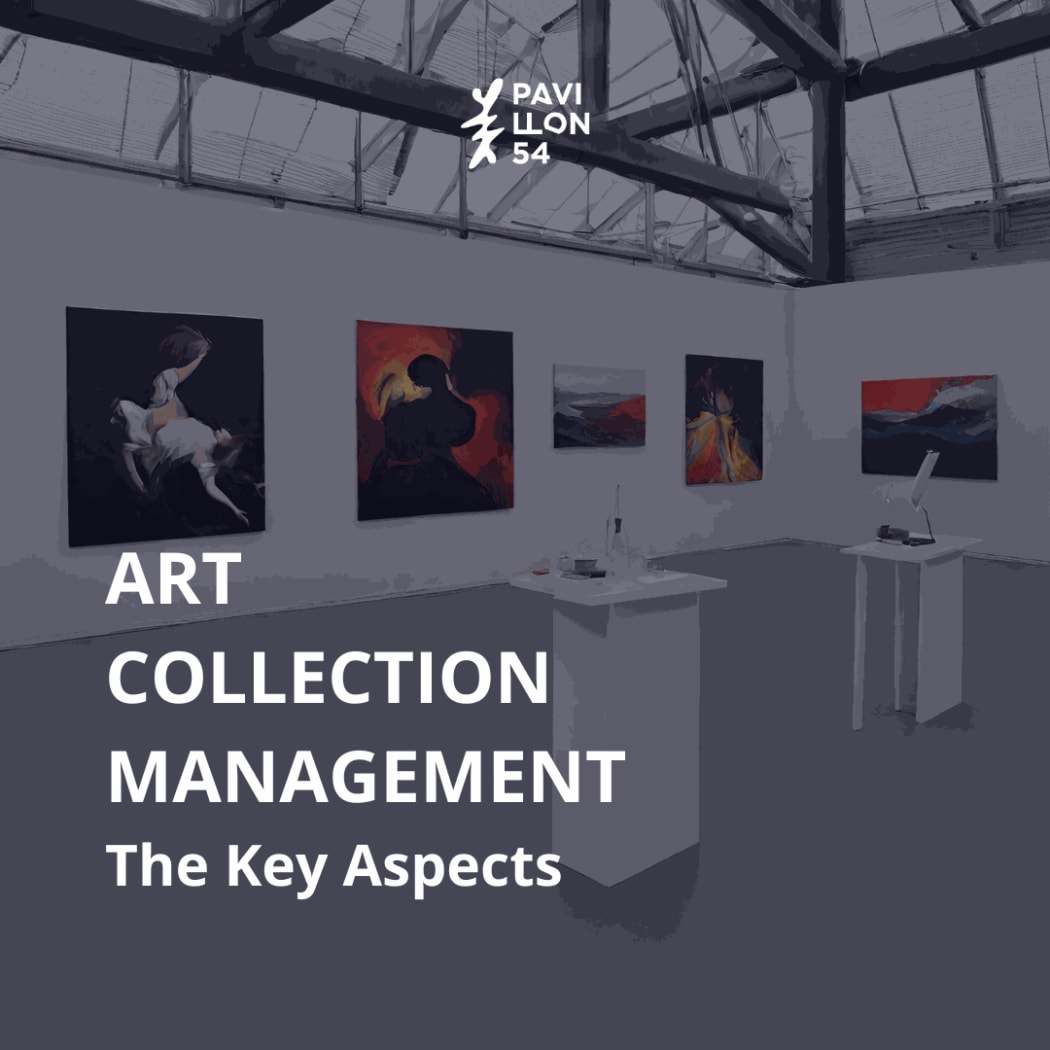
As we usher in a new year, brimming with fresh possibilities and resolutions, it's a time to reflect on our passions and pursuits. For art enthusiasts and collectors, considering new avenues to enhance their appreciation of creativity may be at the forefront. Beyond traditional resolutions, there's one commitment that resonates not just with the seasoned collector but also with those who harbour an affinity for art. This year, consider investing in the meticulous and strategic realm of collection management—a resolution that goes beyond the precincts of museums and galleries, extending its embrace to individual collectors. In this inaugural article of the year, we delve into the indispensable world of art collection management, exploring its nuances and highlighting the pivotal role it plays in safeguarding cultural heritage and nurturing artistic legacies for generations to come.
The world of art collection management is fascinating. It's like being the guardian of a treasure trove, whether it's owned by individuals, corporations, museums, galleries, or other institutions. We're talking about the nitty-gritty of organising, documenting, preserving, and overseeing the whole process to make sure those masterpieces stay valuable, accessible, and maintain their long-term value, accessibility, integrity over time.
Art collection management is a multifaceted discipline that requires a combination of art expertise, organisational skills, and the use of specialised tools to ensure the longevity and cultural significance of the artworks within a collection. It is an important aspect of managing both private and public collections for a number of reasons. In this short article we explain the key aspects and reasons collection management is vital.
Art Collection, Private Collection. Image of Pavillon54
Preservation: Proper management ensures the preservation and conservation of artworks. This includes creating the perfect environment for the works, handling things with care, and doing regular check-ups to keep those artworks looking fresh and fantastic.
Documentation and cataloguing: Every piece in the collection gets its own story told – who made it, what it's called, when it was created, the medium, where it's been – you name it. This isn't just for show; it's like creating a roadmap for anyone wanting to research, authenticate, or just know where these masterpieces have been hanging out. A good first step is documenting and tracking relevant information for each work, including purchase invoice, date, seller, photographs, provenance and any other records of exhibition and conservation histories.
Inventory control: Managing an inventory of artworks is crucial for tracking their location, condition, and movement. This not only prevents art from pulling a disappearing act but also ensures the collection is well-kept and accounted for.
Courtesy of Artsy
Insurance: Art collections are valuable assets, and proper management involves securing adequate insurance coverage. This includes assessing risks, implementing security measures, and having contingency plans for emergencies like theft, fire, or natural disasters.
Loan management: For institutions and collectors that lend artworks to other museums or galleries, effective management ensures that proper agreements are in place, and transport and display conditions are met to protect the artworks.
Exhibition planning: For museums and galleries, managing a collection involves planning and curating exhibitions. This includes selecting artworks, designing exhibition layouts, and coordinating loans from other institutions.
Appraisal: Regular appraisal of the collection is essential for insurance purposes, financial reporting, and potential sales or donations. This requires staying informed about market trends and assessing the collection's value over time.
Now, there are some nifty tools out there to make this whole art management thing a breeze. There are several ways you can manage your collection, from a simple Excel sheet to more advanced management softwares. Excel, the classic multitasker, might not be designed specifically for art collections, but hey, it gets the job done. A bit like your favourite Swiss Army knife – versatile and reliable. At Pavillon 54 we have put together a customizable and easy-to-use Excel template that you can download for free by signing up to our contact list.
For more advanced art management tools, there are several that have been developed to help museums, art galleries, and other collectors work more efficiently. Take Artlogic, for example – it's like the art collection management superhero in the cloud, perfect for galleries, artists, collectors, and institutions. It's got features that make art management look like a piece of cake.
Courtesy of Artlogic App
And have you heard about Capital Art? It's the new kid on the block, a subscription-based collection management service that's all about empowering art collectors. It's the first platform focused on African Art, keeping collectors in the loop on the estimated values of their treasures. How cool is that? We’ll talk more about this great tool in one of our subsequent Magazine’s articles.
In a nutshell, art collection management is the secret sauce for keeping art awesome – preserving, organising, and making it accessible, all while safeguarding cultural heritage and keeping that artistic legacy alive for generations. So, when it comes to choosing between Artlogic, Excel, and Capital Art, just think about the scale, complexity, and what your art collection heart desires.
